By late July, the now crowned Richard III began a progress through England with his royal entourage. He'd left behind him people paid to guard the boys. It can be assumed that they were safe and sound, just hidden indoors, around this time.
The Duke of Buckingham had been one of Richard's closest friends and allies. He was included in the grand tour of the country. But in Gloucester, the two of them violently quarreled over some unknown cause.
By the time that Richard reached Warwick, on August 8th 1483, the Duke of Buckingham had left his company. He'd used a flimsy excuse to check on his lands in the Welsh Marches. Buckingham promptly raised one of the most serious rebellions of Richard's reign.
He did it initially in the name of Edward V, whom Buckingham sought to return to the throne. In short, whatever they argued about, Richard's closest friend believed the boy to still be alive in early August.
However, by the autumn, Buckingham's uprising swiftly changed gears. He suddenly and without ceremony ditched his bid to return Edward. Instead his allegiance went to Henry Tudor (a man with less claim to the throne than Buckingham himself). What had he heard (or done) to make him opt for the long shot?
Most damning of all, around the same time, Elizabeth Woodville also had a change of heart. She had begun negotiating with Margaret Beaufort, attempting to gain Tudor support for Edward V. The idea was to marry her daughter, Elizabeth of York, to Henry Tudor to secure the deal.
That plan ultimately did go ahead. The couple became the founders of the Tudor dynasty. But Elizabeth Woodville's motivation had also flipped in the autumn of 1483. Now it wasn't allegiance for her son that she wanted, but her daughter on the throne.
She had some knowledge which assured her that her sons were dead. But she never once stated that it was murder. Unlike York refugees on the continent, or the later Tudor propaganda machine, such rumors didn't even appear that current in 1483.
It wasn't until January 1484 that anyone openly accused Richard III of killing, or ordering the murder, of his nephews. The York King merely kept silent, even while his reputation took a battering. It would have been so much easier for him to have produced them to prove that they were alive.
That he didn't is perhaps the strongest indication of all that they were not.
The great Medieval mystery remains - if they were dead, then how did they die? Unfortunately, it's a question that seems unlikely ever to be answered.


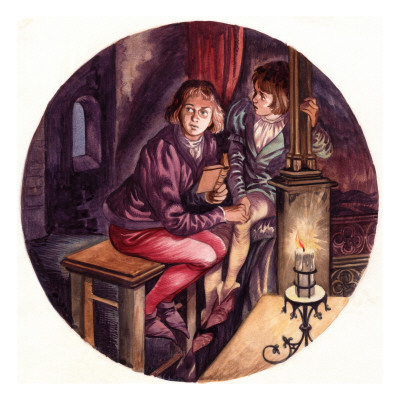
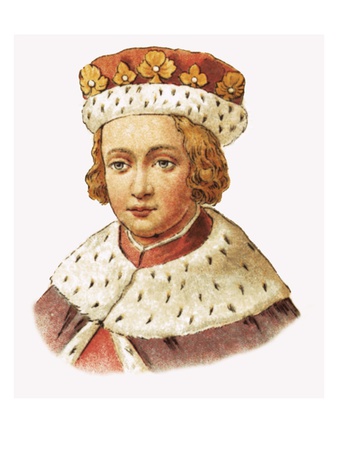
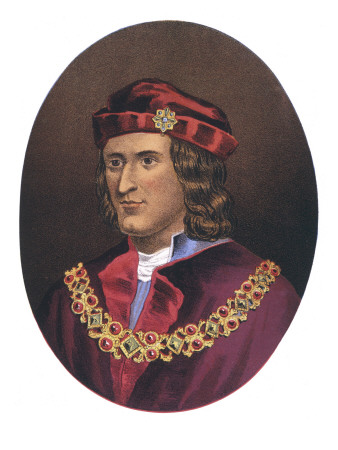
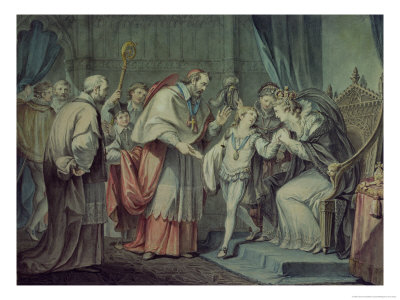
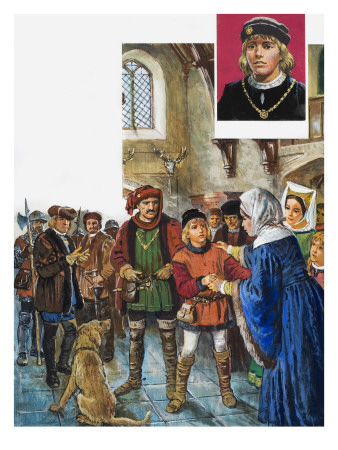



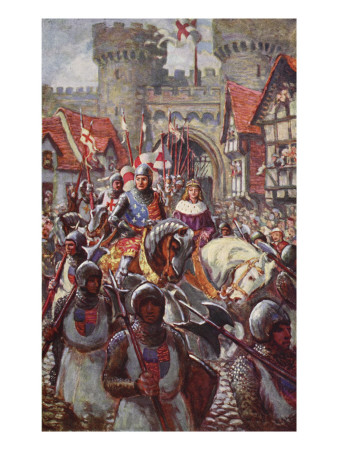




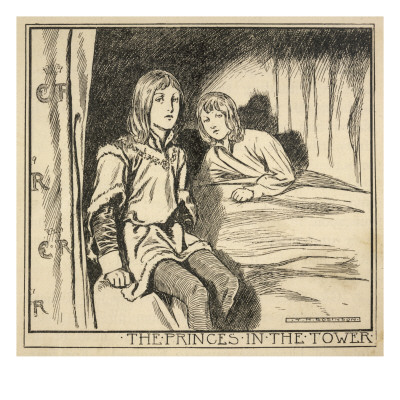



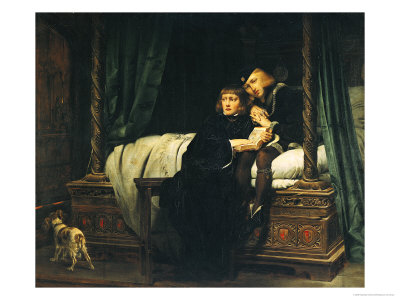


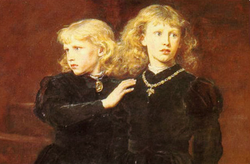

 St Tydecho's Churches in West Waleson 09/03/2014
St Tydecho's Churches in West Waleson 09/03/2014
 Goodies for an Outlander Premiere Partyon 03/06/2015
Goodies for an Outlander Premiere Partyon 03/06/2015
 Holocaust Memorial Day Interview with Rainer Höss, Grandson of Rudolf Architect of Auschwitzon 01/24/2015
Holocaust Memorial Day Interview with Rainer Höss, Grandson of Rudolf Architect of Auschwitzon 01/24/2015
 Romantic Valentine Gifts for an Outlander Fanon 01/16/2015
Romantic Valentine Gifts for an Outlander Fanon 01/16/2015

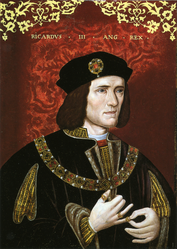
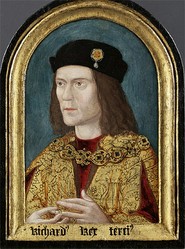
Comments
Indentured servants were one step removed from slaves, but they had a time limit set upon their service. It might mean, for example, that they were bound to serve the family for ten years, then they were free to go.
I'll see what I can come up with about daily life in 1640.
I haven't decided I want to pay money to Ancestry.com. I may have to do that. York or London is even farther for me...(or is that further?) Anyway, I just looked up indentured servants since my Hubert Patey came here as one. The family probably wasn't wealthy. Most of my ancestors were farmers. You know, what did they do all day?
Is there nothing on Ancestry.com? If not, then it would involve a trip to York or London, both of which are reasonably far away for me.
What do you want to know about daily life in 1640?
WIsh I knew how to research "across the pond." I'd love to find out more about him. I have found two names of people with the same set of children (including Hurbert). I also want to learn about life back then (1640). I want to put it together in a book for my dad's 90th.
So you've possibly got a bit of Viking stock in your bloodline! Lots of Yorkshire people have, at least.
Fascinating. I've been back to genealogy lately and have traced on ancestor back to Yorkshire. I haven't gotten this far back, but it makes these stories even more real for me. Thank you.
Yes, Elizabeth Woodville really was caught between a rock and a hard place there.
I've not considered the theory that she had them smuggled out before. There were certainly plenty of Woodvilles and their supporters in and around the Tower of London. Access was therefore possible, if difficult.
The Sanctuary Plot - uncovered around July 1483 - relied upon a Woodville inside the Tower creating a diversion with a fire, so that the boys could be ninja-ed out. The plan was foiled, if it had ever existed at all.
Richard used that as the excuse to confine them to one section of the White Tower. That would have made it incredibly difficult for any Woodville to sneak the boys out. The idea is therefore looking unlikely.
However, let's assume that it happened. What next? I think that Elizabeth would have certainly shouted about it from the rooftops, especially three years later, when Edward V was fifteen. At this point, he would have legally achieved his majority and he could therefore be viewed as an adult monarch.
The fact that she didn't really does make me think that Elizabeth hadn't had the princes removed. The aftermath just doesn't support the notion. Intriguing plot twist though!
Really interesting. I find Elizabeth Woodville's position(s) so fascinating. Like Treathyl (cmoneyspinner), I think she somehow smuggled them out, which is why she never accused anyone of murdering them. But I know nothing about the topic :). Look forward to your other piece (the more recent one).
It's funny you should say that, because there is at least one strong rumour that this is precisely what happened to Richard of Shrewsbury. :)
Elizabeth Woodville was certainly trying to smuggle her daughters out at one point too.
I'm with you. I think all this wrangling for the crown was way too high a price to pay for the reality.
@aingham69 and @JoHarrington - It's really two bad they were too young to make their own life-changing decisions, particularly in view of the life threats all around them. Because if it were me, I would put on some pauper clothes and slipped out of the country. They didn't have computers back then. Those wicked wretched evil power-mongers would have never found me ever again! Come back and reclaim a crown? What for? I'm living large without the headache!! Life? Crown? Being a monarch ain't all that! Give me life! Yo! You could have just asked me. I would have abdicated! But you never thought about that, did you??!!
≧◠◡◠≦